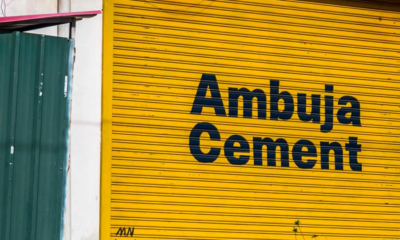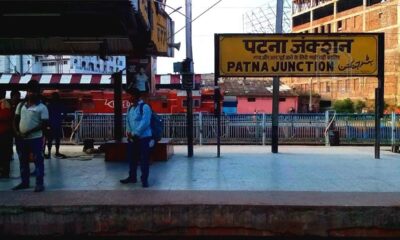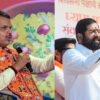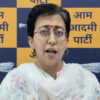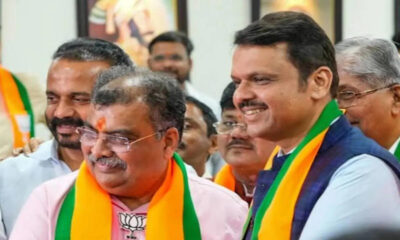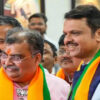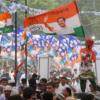Key points:
- In the third and final phases of the state elections on Saturday, 78 of the 243 assembly constituencies in Bihar are voting.
- Among those, 33 were won by parties that are part of the government of the current state.
- Nearly 17 per cent of the population of Bihar is Muslims.
- Muslims have a majority share of the population in just one district, Kishanganj, out of the 15 districts heading to the polls.
- But in the third-phase area, in four Muslim-dominated districts, turnout has always been higher.
In the third and final phases of the state elections on Saturday, 78 of the 243 assembly constituencies in Bihar are voting. Here are variables that are unique to this stage:
Factor for anti-incumbency
In the last two elections, the same party won a majority of constituencies (40 out of 78) heading to the third phase of the polls. Among those, 33 were won by parties that are part of the government of the current state. This in this process of the election, makes the anti-incumbency factor important.
The factor in Muslimism
Nearly 17 per cent of the population of Bihar is Muslims. The regions that vote in the third phase of the assembly elections are home to almost half of the Muslim population of the state.
Every fourth individual is a Muslim in this area, making Muslims relevant in this process in terms of electoral politics. Except in a few districts, a significant chunk of the Muslim population is concentrated.
Muslims have a majority share of the population in just one district, Kishanganj, out of the 15 districts heading to the polls. In three other districts, Katihar, Araria, and Purnea, they account for 38 per cent -45 per cent.
There are only four constituencies in the Kishanganj district, while 20 constituencies make up the other three districts. In only a few areas of the nation, this makes Muslim voting significant.
The Muslim community does, though not to a large degree, influence the success of the parties. This is evident in the parties’ success in the last two elections to the assembly.
The National Democratic Alliance did well throughout the region in the 2010 assembly elections, but its seat share was lower in the four districts where Muslims had a share of more than 38 per cent.
The Rashtriya Janata Dal-led alliance (which contained Congress) did better across the area in the 2015 assembly polls but had a greater share of seats in these Muslim-dominated districts.
In the case of Congress, the performance of the party was slightly higher in Muslim districts than in other districts.
The best record for turnout
The regions going to the polls throughout the third phase have always had a higher turnout of voters in all the assembly and Lok Sabha elections held since 2010.
The third-phase region reported 62 per cent turnout last year in the 2019 Lok Sabha elections, compared to 56 per cent in the second-phase region and 53 per cent in the first-phase region. But in the third-phase area, in four Muslim-dominated districts, turnout has always been higher.














